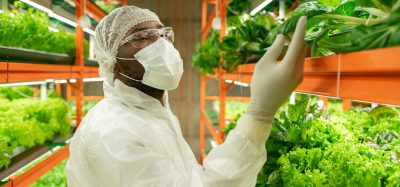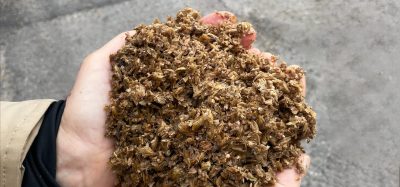Study finds that one-third of California produce is left to rot
Posted: 10 December 2019 | Sam Mehmet (New Food) | No comments yet
Researchers from Santa Clara University set out to examine farm-level food loss-crops that are not harvested and found that 33.7 percent of crop yields were lost.


A study from Santa Clara University has suggested that approximately one-third of California produce is left in the fields to rot. The researchers set out to examine farm-level food loss-crops that are not harvested. It was said that a portion of this food does not meet market standards, or market prices are considered too low to justify harvesting, but some of this type of food is never harvested at all, in what is known as “walk-by” fields.
The researchers allegedly studied 34 midsize to larger farms in central and northern California to conduct in-field, post-harvest studies of produce remaining in the field for 20 crops in 123 fields in 2016 and 2017. They surveyed a variety of crops, focusing on crops that they believed had the highest recovery potential.
They found that there was a large volume of food loss at the farm level, and across all crops, losses were said to amount to an average of 31.3 percent of the marketed yield. Total average losses across all 20 crops were 33.7 percent when walk-by field losses of 2.4 percent were included.
The researchers also noted that most research on field-level losses was conducted via interviews and surveys with growers, which could be unreliable. However, the study revealed that the actual measurements of food loss were approximately two and a half times higher than the growers’ estimates. Additional research and measurements are said to be needed in order to get a more accurate estimate of food loss.
The researchers concluded that “research that attempts to better understand the impact of the critical driving forces behind farm-level food loss is needed to support efforts to reduce loss and discover or develop outlets for the vast amount of edible produce that is left in the field.”









